Öko-Test calls for children’s rubber boots free of harmful substances
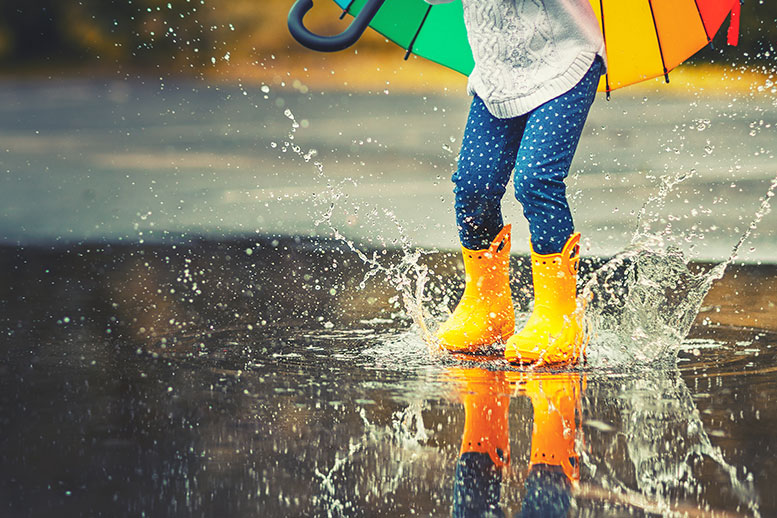
Latest news
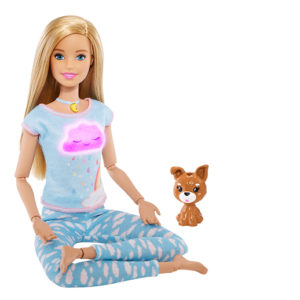
-ADVERTISEMENT- The wellness and fitness trend has arrived in the …
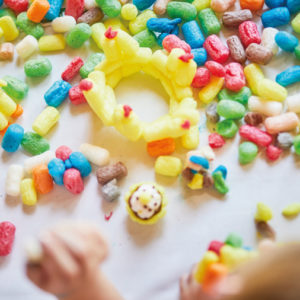
The fight against environmental destruction and the climate crisis are …
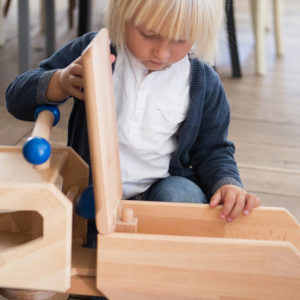
Anyone looking for new products in the field of toys, …
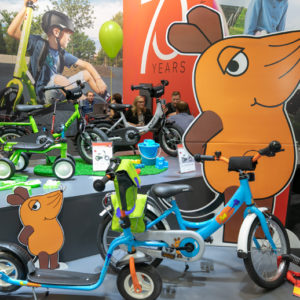
It is a market with huge dimensions and great potential. …

For companies, a social media presence has become indispensable and …

Hardly anything disturbs customers as much as waiting at the …

Research by TV station RBB has shown that some outlet …

The industry association Licensing International (formerly LIMA) has honored outstanding …

Communications manager Hannah König and managing director Stephan Schenk are …
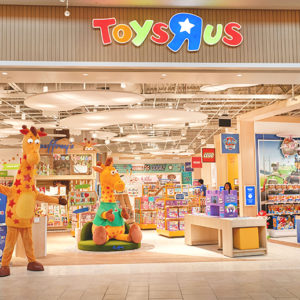
The toy dealer wants to leave his insolvency behind him. …
Öko-Test has tested 16 children’s rubber boots for harmful substances. In the past, the rubber boots tested repeatedly attracted attention due to their extremely high pollutant load. Accordingly, the consumer magazine could not make any recommendations. Assuming that the manufacturers are now producing non-toxic children’s rubber boots, Öko-Test has once again taken a close look at them.
Children’s rubber boots in sizes 27 to 29 were tested. The models ranged from less than six to almost 38 euros. The tests carried out by Öko-Test showed that there were no carcinogenic nitrosamines and colour components in the currently tested rubber boots for children.
The production of rubber boots is only possible with problematic ingredients.
A good rubber boot for children should be water-repellent and yet permeable to air. To combine these criteria in a rubber boot should be considered during the production of a rubber boot. The plastic Polyvinychlorid (PVC) is used gladly for the production of rubber boots, since this is cheap in the acquisition and in many colors and forms to be processed. In addition, the fabric is insensitive to UV rays, acids and alkalis. The popular basic material for rubber boots is hard and brittle and requires so-called plasticizers (phthalates) to be processed. Phthalates bend in the course of time and are absorbed e.g. by the skin, the air or the food. These are harmful to humans and the environment.
Rubber is also suitable for the manufacture of rubber boots. Synthetic rubber based on crude oil is often used. Natural rubber, on the other hand, is more durable and permeable to air and is therefore more suitable for production. However, natural rubber can also contain pollutants such as nitrosamines, which are produced during production. Here, too, plasticizers are used, as are dyes and toxic adhesives.
The challenge in the production of rubber boots lies in the fact that plastics are used for the production, which in most cases still have to be treated with plasticizers and dyestuffs, to which the pollutant load in the rubber boots can be attributed.
The current test result of the children’s rubber boots
For the first time in the Öko-Test children’s rubber boots were rated “satisfying”. These are the Jaloppy Jelly rubber boots from Elefanten in pink, which are produced in Italy. With a price of 19,99 Euro they are in the middle price segment. According to Deichmann, the main material is plastic (SEBS). No stocks of PVC, PVDC, chlorinated compounds or plasticizers were identified during the test. Neither were any other questionable or controversial ingredients discovered. The test for polycyclic aromatic hydrocarbons (PAH) revealed an increased naphthalene value. The overall verdict of Öko-Test was therefore: satisfying.
The heart rubber boots from Sterntaler in pink achieved the test result “sufficient”. The supplier states polyester and cotton as the main materials. Just like with the Elefanten model also with the Sterntaler boot no substances of PVC, PVDC, chlorinated compounds or plasticisers were discovered. According to the supplier, the main material consists of natural rubber and the lining of the boot is polyester and cotton. In accordance with the tested elephant model, Öko-Test discovered increased naphthalene values in the children’s shoe. In addition, an optical brightener was found in the rubber boots of Sterntaler.
In the other rubber boots tested, two scored “inadequate” and eleven “unsatisfying” in the eco-test. The miserable overall result is due to the increased amounts of polycyclic aromatic hydrocarbons (PAH) found in all boots. In 15 shoes, the prints are due to the PAH compound naphthalene. This compound was classified as suspect of cancer in humans and also harmful to the aquatic environment. The main material of many rubber boots is PVC. It is therefore not surprising that PVC/PVDC/chlorinated compounds were also found in seven shoes tested. These also contain substitute plasticizers and/or even more problematic phthalates, which make the brittle plastic polyvinyl chloride (PVC) supple and elastic. The disadvantage: Phthalates are assumed to damage the liver, kidneys and reproductive organs and also to act like a hormone. The test report states: “The compounds analysed in baby articles and toys that children can put in their mouths are strongly regulated throughout the EU”. The strict regulation does not apply to clothing such as rubber boots, which rarely find their way into the child’s mouth.
Rubber boots are part of the basic equipment
Rubber boots are part of the basic equipment of kindergarten children, so they cannot be dispensed with. Despite the pollutants determined by Öko-Test, parents can ensure that there is as little contact as possible between boot material and skin. Dr. Julia Welzel, chief physician at the Clinic for Dermatology and Allergology in Augsburg, advises Öko-Test: “When children wear dense knee socks or dense tights and these are dry, they should be able to wear them with a clean, dry skin.
You might be also interested in:
Joie, Recaro, Nuna: These child seats convince Stiftung Warentest and ADAC
Stiftung Warentest tests children’s mattresses – safety standard to protect children
Link: See here the results Öko-Test.
Image: iStock
//JP



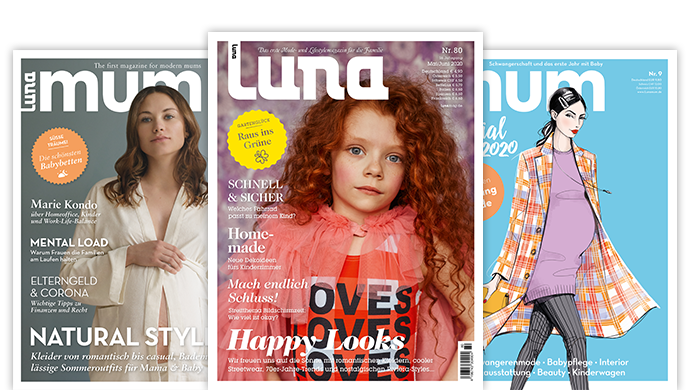
Leave a Reply